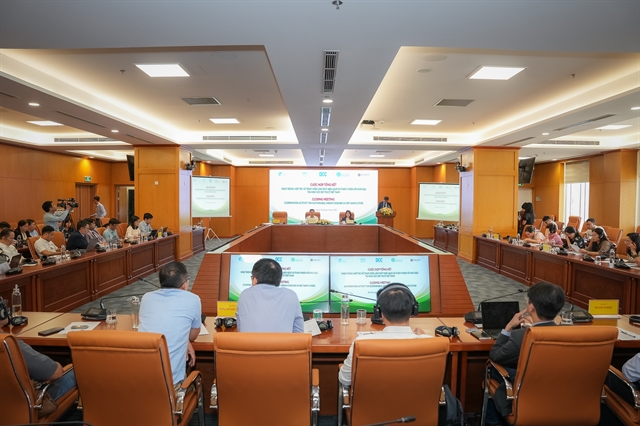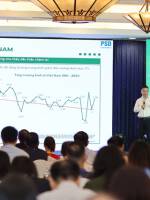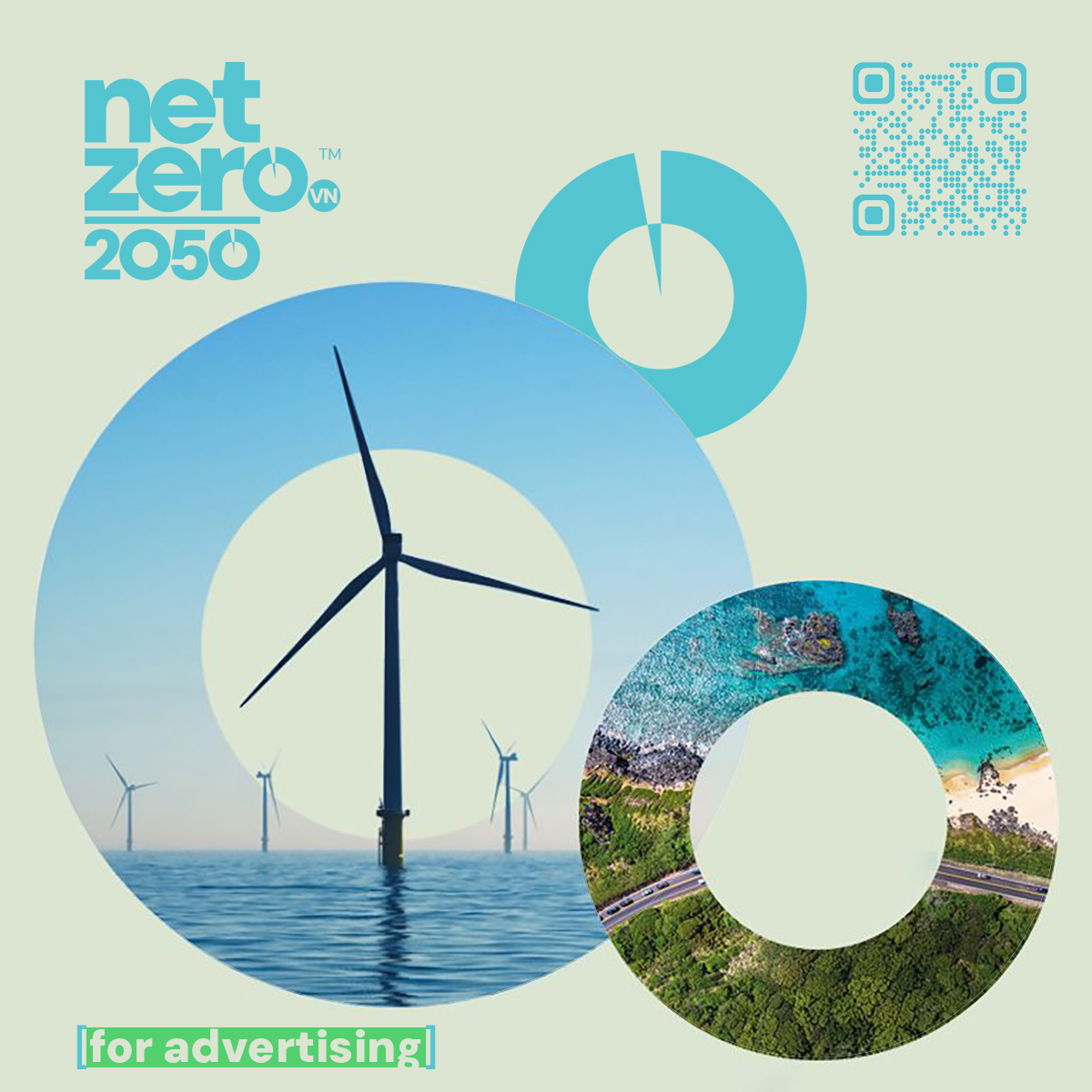
By 2050, greenhouse‑gas emissions from cooling activities in Việt Nam will fall by at least 68 per cent compared with 2022, said Deputy Director of the Department of Climate Change under the Ministry of Agriculture and Environment Lê Ngọc Tuấn.
He spoke at the meeting on the cooperation programme on efficient, climate‑friendly cooling in urban areas for the 2022–2025 period, held by the Department of Climate Change, the United Nations Environment Programme (UNEP) and the Global Green Growth Institute (GGGI) on Thursday in Hà Nội. Tuấn said that the target represents a cut of nearly two‑thirds in total emissions from the cooling sector, directly contributing to the fulfilment of international climate commitments and the net‑zero emissions goal.
He added that Việt Nam had demonstrated strong commitment to the international community by joining the Global Cooling Commitment 2023.
The Government last year issued the National Plan on the management and elimination of ozone‑depleting substances and controlled greenhouse gases.
Significantly, Decree 119/2025/NĐ‑CP officially incorporated the concept of ‘sustainable cooling’ into the legal system, laying a foundation for long‑term policy implementation.
Alongside domestic efforts, international cooperation has yielded many practical results.
The Department of Climate Change, in coordination with UNEP and GGGI, piloted sustainable cooling models in several localities such as Cần Thơ, Đà Nẵng and Quảng Trị.
Urban cooling action plans were developed, including policy and technical analyses and important recommendations to scale up the models nationwide, Tuấn explained.
Currently, around the world, extreme heatwaves are increasing in intensity and frequency, seriously impacting public health and infrastructure systems, especially in urban areas.
Senior Programme Manager of the Cooling Efficiency Alliance under UNEP Benjamin Hickman noted that in Việt Nam, the challenge was even greater as many households, particularly low-income groups, had not yet accessed efficient cooling technology.
Conventional cooling systems, while providing immediate convenience, increase emissions, put pressure on the electricity grid and contribute to the vicious cycle of climate change.
He emphasised that sustainable cooling not only protected public health but also opened great economic opportunities.
According to UNEP and IFC, the cooling market in developing economies is currently worth around US$300 billion and could double by 2050.
If supported by appropriate climate finance mechanisms, this solution will help reduce pressure on the power system, improve quality of life, and promote green growth.
Việt Nam is one of the pioneering countries in ASEAN by integrating the cooling sector into its Nationally Determined Contributions (NDC) since 2022 and participating in the Global Cooling Commitment at the 28th United Nations Climate Change Conference (COP28).
Through action plans and pilot projects in Cần Thơ and Đà Nẵng, Việt Nam has clearly demonstrated political will and strategic vision, considering cooling a priority in climate adaptation and mitigation.
International partnership role
Maria Cecilia Pana, Deputy Country Representative of GGGI in Việt Nam, said that from 2022 to 2025, GGGI cooperated with cities to pilot urban cooling action plans integrating nature-based solutions and passive design in planning.
GGGI also organised many capacity-building activities: workshops, training, research and policy recommendations; as well as developing innovative financing mechanisms, promoting partnerships domestically and internationally to expand the scale of solutions, Pana added.
She affirmed that the results directly contributed to Việt Nam’s commitments under the Paris Agreement and NDC, especially as Việt Nam is among the first countries to include the cooling sector in its NDC and join the Global Cooling Commitment at COP28.
The GGGI representative emphasised that the project’s success was not the endpoint but a foundation for the next phase.
Data, lessons learned and experiences from pilot activities will form an important blueprint to scale the model nationwide, directly contributing to the National Cooling Action Plan.
In the coming phase, she said that Việt Nam needed to strongly call for financial resources, especially from the private sector, to expand sustainable, efficient and affordable cooling solutions for all people.
A representative from the Department of Climate Change mentioned that the department was proposing to integrate sustainable cooling solutions into urban planning, socio-economic development plans, green growth strategies and climate adaptation.
It will be a key content of the NDC for the 2026–2035 period.
(VNS)




